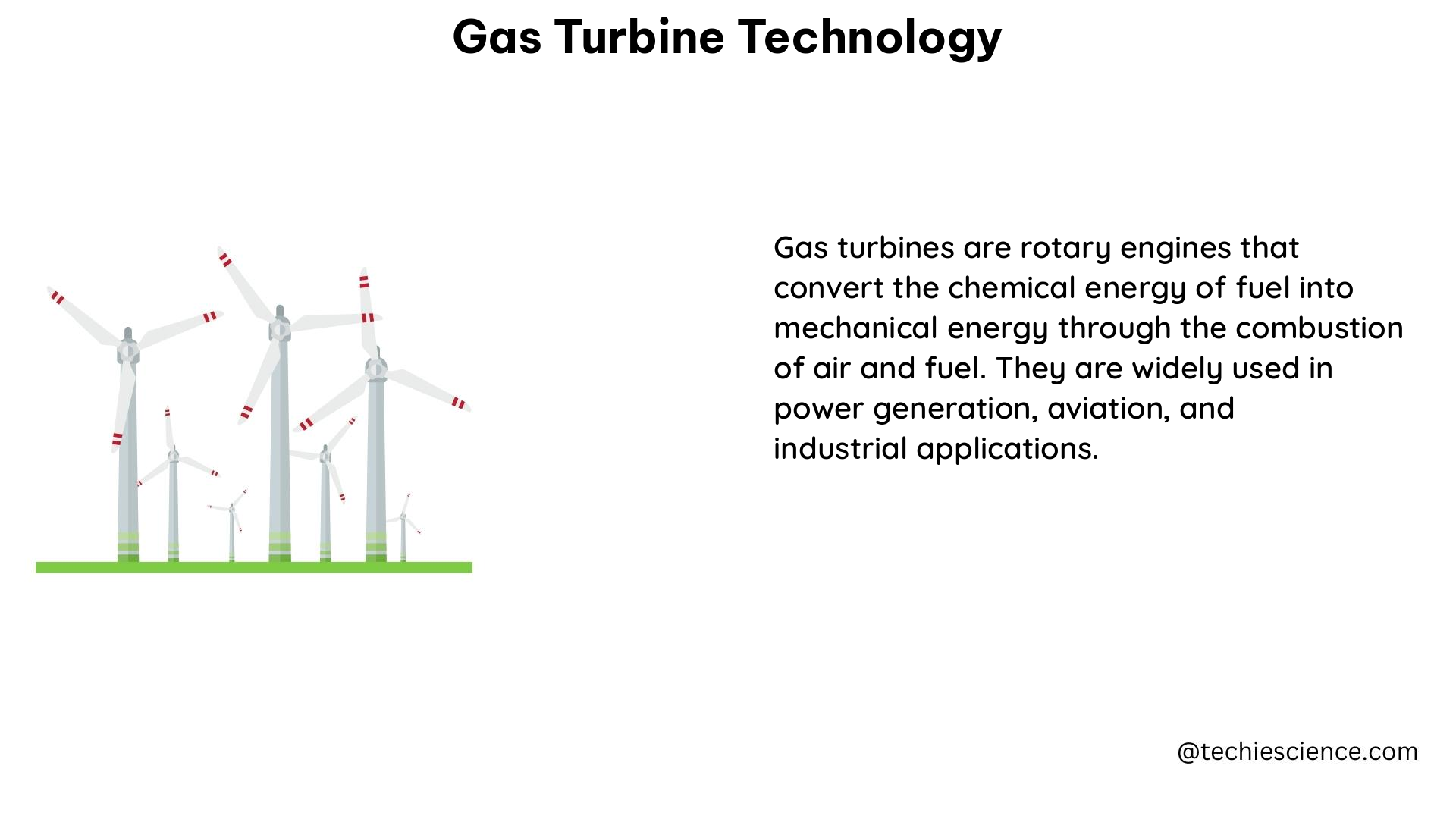Gas turbine technology is a complex and advanced field that encompasses a wide range of measurable and quantifiable data points, which are crucial for evaluating its performance and efficiency. This comprehensive guide delves into the intricate details of gas turbine technology, providing a wealth of information for both enthusiasts and professionals alike.
Engine Thrust and Efficiency
The engine thrust generated by a gas turbine is a critical performance metric. Commercial aircraft engines can produce up to 30,000 lbf of thrust during takeoff, while delivering around 1,000 lbf of thrust with a specific fuel consumption (SFC) of 0.9 at a cruise altitude of 30,000 feet. The SFC, which is the ratio of fuel flow rate to engine thrust, is a direct measure of the engine’s efficiency. Lower SFC values indicate higher efficiency, with modern turbofan engines achieving SFC as low as 0.5 at cruise conditions.
Pressure Ratio and Turbine Inlet Temperature

The pressure ratio of a gas turbine engine, defined as the ratio of the pressure at the compressor outlet to the pressure at the compressor inlet, is a key parameter that influences efficiency and power output. Higher pressure ratios, which can reach up to 40:1 in advanced engines, lead to increased efficiency and power, but also increase the complexity and cost of the engine.
Another critical parameter is the turbine inlet temperature (TIT), which is the temperature of the gas at the inlet to the turbine. Increasing the TIT, which can exceed 1,700°C in the latest designs, can boost efficiency and power output, but also increases the thermal stress on the turbine blades, potentially reducing their lifespan.
Air-to-Fuel Ratio and Emissions
The air-to-fuel ratio, which is the ratio of the mass flow rate of air to the mass flow rate of fuel, is an important factor in gas turbine combustion. The stoichiometric air-to-fuel ratio, which is the ideal ratio for complete combustion, is around 14.7:1. However, most gas turbine engines operate with a richer mixture, typically around 50:1, to ensure complete combustion and reduce emissions.
The emissions produced by gas turbine engines, such as carbon dioxide (CO2), nitrogen oxides (NOx), and unburned hydrocarbons, are also crucial considerations. Stringent emissions regulations have driven the development of advanced combustion systems and exhaust treatment technologies to minimize the environmental impact of gas turbine engines.
Component Efficiencies
The efficiency of individual components within a gas turbine engine, such as the compressor and turbine, can be quantified using various metrics. For example, the isentropic efficiency of a compressor is the ratio of the actual work done by the compressor to the ideal work done by an isentropic compressor operating between the same inlet and outlet conditions. Typical compressor isentropic efficiencies range from 80% to 90%, while turbine isentropic efficiencies can reach up to 95%.
Modeling and Simulation
In addition to the physical parameters, gas turbine technology also involves advanced modeling and simulation techniques to analyze and optimize engine performance. The Brayton cycle, a thermodynamic cycle commonly used to model gas turbine engines, ensures the conservation of energy and momentum across the system, allowing for accurate predictions of engine behavior.
DIY Gas Turbine Projects
While building a gas turbine engine from scratch is a complex and potentially dangerous task, there are resources available for those interested in learning more about gas turbine technology and exploring small-scale DIY projects. The Open Gas Turbine Project, for example, is an open-source community dedicated to the development and sharing of knowledge related to gas turbine technology, providing guidance and resources for those interested in building their own small-scale gas turbine engines.
In conclusion, gas turbine technology is a highly technical and advanced field, with numerous measurable and quantifiable data points that are crucial for evaluating its performance and efficiency. This comprehensive guide has provided a detailed overview of the key parameters, including engine thrust, pressure ratio, turbine inlet temperature, air-to-fuel ratio, emissions, and component efficiencies, as well as the modeling and simulation techniques used in the industry. For those interested in exploring the DIY aspect of gas turbine technology, resources like the Open Gas Turbine Project offer valuable opportunities to learn and experiment with small-scale gas turbine engines.
References:
– Zaccaria, V., Rahman, M., Aslanidou, I., & Kyprianidis, K. (2019). A Review of Information Fusion Methods for Gas Turbine Diagnostics. Sustainability, 11(22), 6202.
– Zaccaria, V., Stenfelt, M., Sjunnesson, A., Hansson, A., & Kyprianidis, K. (2019). A model-based solution for gas turbine diagnostics: Simulations and experimental verification. In Proceedings of the ASME Turbo Expo 2019: Power for Land, Sea and Air, Phoenix, AZ, USA, 11–15 June 2019. GT2019–…
– Practical Techniques for Modeling Gas Turbine Engine Performance. (2016). NASA/TM—2016-219147.
– The Open Gas Turbine Project. (n.d.). Retrieved from https://www.opengasturbine.org/.

The lambdageeks.com Core SME Team is a group of experienced subject matter experts from diverse scientific and technical fields including Physics, Chemistry, Technology,Electronics & Electrical Engineering, Automotive, Mechanical Engineering. Our team collaborates to create high-quality, well-researched articles on a wide range of science and technology topics for the lambdageeks.com website.
All Our Senior SME are having more than 7 Years of experience in the respective fields . They are either Working Industry Professionals or assocaited With different Universities. Refer Our Authors Page to get to know About our Core SMEs.